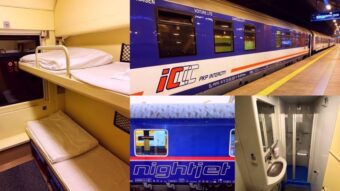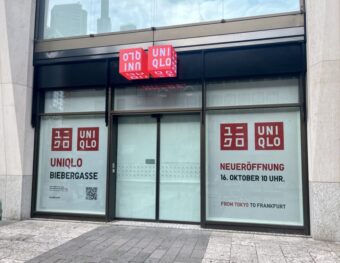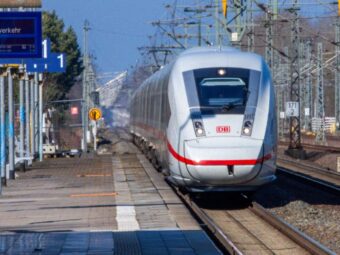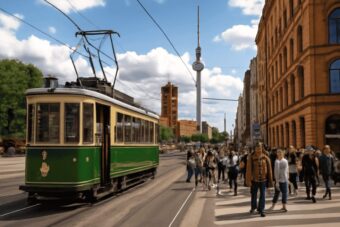How Deutsche Bahn’s 2025 timetable reshapes travel in Hesse — new ICE routes, faster links and cuts ahead
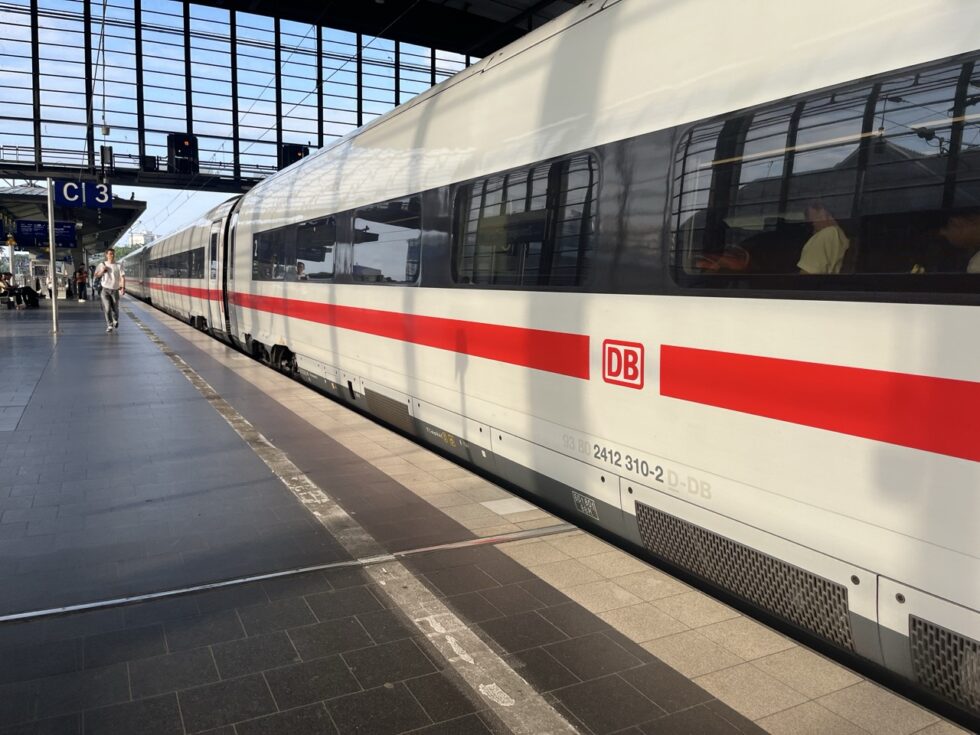
From December 14, 2025, Deutsche Bahn will roll out a nationwide timetable overhaul designed to accelerate long-distance travel and optimise capacity across Hesse and central Germany. The new schedule introduces tighter ICE intervals on high-demand routes, faster links between Frankfurt, Hamburg, Paris and Brussels, and selective cuts on less frequented lines. The company says the changes aim to boost efficiency, punctuality and comfort while preparing the rail network for major reconstruction works planned for 2026. Ticket sales for the new schedule open on October 15, reports G.Business , citing SoFrankfurt.
Denser ICE traffic on Frankfurt’s main corridors
The core of the reform focuses on increasing frequency along major axes. ICE trains between Hamburg–Kassel and Kassel–Frankfurt–Mannheim will run every 30 minutes, a direct response to rising passenger demand. The north–south line Hamburg–Frankfurt will also receive tighter service intervals, particularly during early morning and late evening hours.
To achieve this, Deutsche Bahn will reduce or adjust intermediate stops in Fulda and Hanau, concentrating capacity where passenger numbers are highest.
Cuts hit Friedberg, but Frankfurt gains new express options
In Friedberg, service will be scaled back: only two ICE trains per day will stop there from December onward. Local officials and transport associations have criticised the decision, warning it weakens regional access.
Meanwhile, Frankfurt gains: three additional ICE Sprinter trains will operate daily on the Frankfurt–Hamburg line. These high-speed services stop only in Hanover, with some extending to Frankfurt Airport and even to Flensburg. During summer months, a few journeys will continue as far as Padborg in Denmark, improving connectivity between northern Germany and the Rhine–Main region.
Stronger international network for Frankfurt
Frankfurt’s role as a European transport hub will strengthen significantly in 2025. The Frankfurt–Brussels route, previously seasonal, will become a year-round evening service, providing a faster link to Belgium.
The ICE Frankfurt–Paris will also be restructured: it will now depart from Frankfurt Central Station instead of the South Station and will reach the French capital about 20 minutes faster. This change improves connections toward Switzerland and Western Europe and positions Frankfurt as one of the key nodes of Deutsche Bahn’s cross-border strategy.
Railjet suspended, construction continues
Not all developments are positive. The Railjet connection between Frankfurt, Darmstadt, Stuttgart, Friedrichshafen and Innsbruck will be suspended in 2026 due to construction works and a shortage of rolling stock.
Deutsche Bahn also confirmed five major construction projects for 2026 as part of its infrastructure overhaul. One of the most significant will affect the line from Troisdorf (North Rhine-Westphalia) to Wiesbaden, causing temporary disruptions but promising long-term stability and fewer delays once complete.
Key changes at a glance
| Route | Adjustment | Effect |
|---|---|---|
| Hamburg–Kassel / Kassel–Frankfurt–Mannheim | Half-hourly ICE frequency | Shorter waiting times |
| Hamburg–Frankfurt | Denser schedule, reduced stops in Fulda and Hanau | Faster travel time |
| Friedberg | Only two ICE stops per day | Reduced regional access |
| Frankfurt–Hamburg | Three extra Sprinter trains daily (via Hanover) | Faster service to north |
| Frankfurt–Berlin | Three additional Sprinters every four hours | Increased frequency |
| Frankfurt–Brussels | New all-year evening connection | Better EU access |
| Frankfurt–Paris | Departure from Hbf, 20 minutes faster | Improved link to France |
| Railjet Frankfurt–Innsbruck | Suspended in 2026 | Temporary gap |
| Troisdorf–Wiesbaden | Major reconstruction | Long-term stability |
A denser, faster but uneven network
With this timetable, Deutsche Bahn focuses on speed, reliability and European reach. Hesse — and particularly Frankfurt — will gain stronger long-distance connections, even as smaller towns lose direct services. Despite construction disruptions and regional criticism, the 2025 timetable marks a strategic step toward a modernised, high-frequency rail network in the heart of Germany.
Stay connected with business news that matters: timely, factual, and global insights shaping Germany and the world: How the 2025 Nobel Prize in Chemistry Was Announced – and Why It Matter
Photo: germania-business.de
